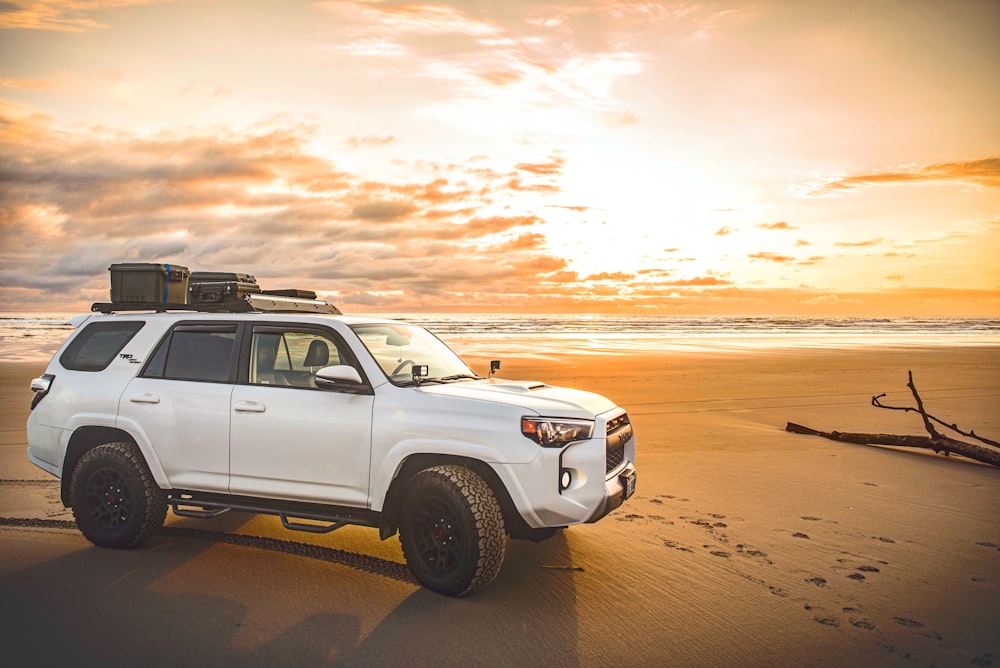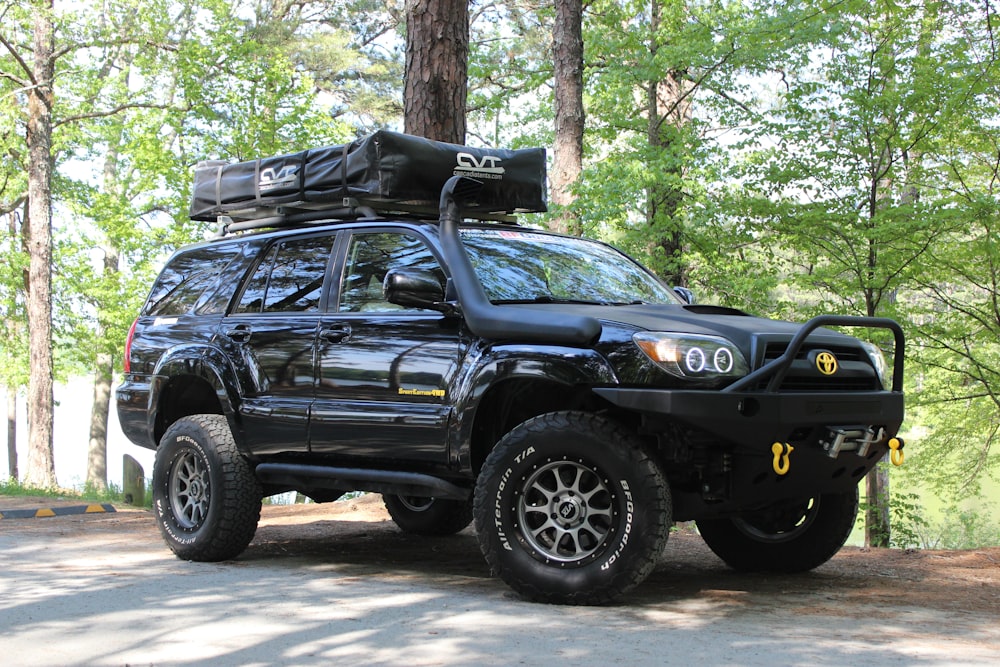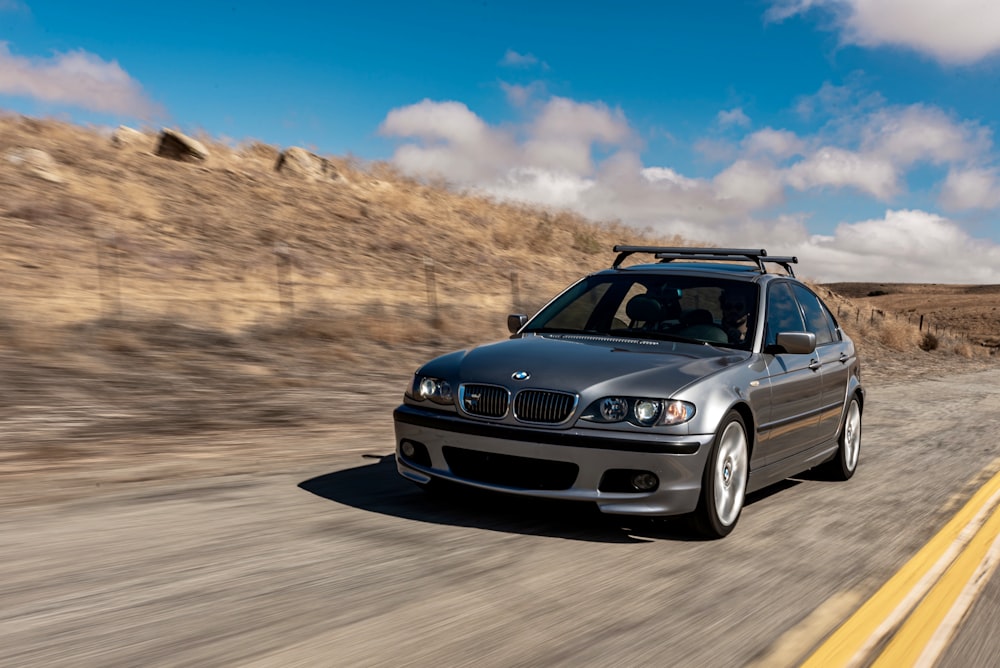Roof racks increase your vehicle’s carrying capacity by allowing you to tote more luggage. People rapidly recognize their value in their daily lives, and they are now regarded as a necessary component of any car.
Perhaps the weather is ideal for a quiet weekend in the woods, or you’ve scheduled a cross-country road trip to see your pals. If you have many items to bring and limited vehicle space for a hassle-free ride, you’d instead load up your roof than a trailer or hitch-mounted carrier.
Bikes, baggage, kayaks, tents, and other lightweight goods that are too big to fit in your trunk but not huge or heavy enough to warrant dragging behind in a trailer are excellent choices for roof cargo transportation.
Read on to discover how to select the best roof rack for your situation and how to install it on your vehicle.
Know What You Want to Haul
The type of roof rack or carrier that’s right for your needs depends on the items you’ll be putting on it. Specially constructed racks for bikes, kayaks, canoes and paddleboards securely keep those recreational items secure and out of the way while traveling. You wouldn’t want to get a roof rack for sedans when you need to purchase a kayak roof rack.
Its Utility Is a Top Priority
Another feature to consider while purchasing a roof rack is its versatility. As a rule of thumb, those who can do several duties are the best. You never know what you’ll need on an adventure.
It can be a pain not to carry all you might need owing to space constraints or difficulty. As a result, you should give functionality a lot of thought.
Calculate the Total Weight of Your Most Heavy Objects
If you intend to carry two heavy bikes in a cargo box and a month’s worth of clothing and supplies, be sure the overall mass is below your vehicle’s weight limit capacity. If you plan on transporting various products, some planning may be necessary to avoid overloading your vehicle.
Consider Your Vehicle’s Present Roof Configuration
You’ll need to know how your vehicle’s roof looks right now to know what roof rack you should get. Roof side rails extend along the sides of a vehicle’s roof from front to rear, serving as a mounting point for roof crossbars and a handy tie-down point for securing luggage.

The manufacturer typically adds side rails. Side rails and crossbars are recommended for safe and secure roof transport. In the United States, no matter whether your load falls on the road or not, you can be fined up to $11,000 for carrying an unsecured load.
Certain cars might have crossbars mounted on the roof and no side rails. But that is quite rare with many standard cars and could lower the maximum roof weight capacity.
Check the Roof Rack’s Weight
You should also look at the weight of the specific roof rack you’re eyeing. Although it’s easy to mistake weight for strength, this isn’t the case. It will be difficult for you to install a heavy roof rack. Nonetheless, you should never compromise the sturdiness of your roof rack to save weight.
Check Out Other People’s Reviews
Customers are usually not hesitant to express their delight or disappointment with an item over the internet. When searching for a roof rack, you will almost certainly come across user reviews. These ratings should tell you all you need to know about the product’s general performance and user experience.
It might be unwise to buy something with poor ratings. If you purchase it because it’s less expensive than other roof racks, you can end up with more aggravation than convenience in the long term.
How to Install a Roof Rack
Clean Your Car’s Roof
Mounting a rack on a dirty roof can make it more difficult to clean in the future and may cause the rack’s connection points to protrude.
Remove the Screws
The standard roof rack includes two crossbars and four feet mounts that attach to the gutters or side rails of the car. To spread the foot mounts, undo the hand screws on the exterior a little bit.
Attach the Crossbars
Separate the foot mount apertures wide enough to accommodate the crossbars, then place the crossbars between the four mounts. At this point, two crossbars should be loosely mounted on each end of foot mounts.

You can measure the distance between your foot mounts to determine the correct width between mounts for your car. As soon as the length between crossbars is right, tighten the adjustments.
Place the Pads and Caps
Install pads on mounts and seal caps on crossbars. Pads protect your roof from scratches, while caps prevent water from collecting inside the crossbars.
Position the Rack
Open your car’s doors and center the roof rack, keeping the front rack away from the top of the windshield as directed by the manufacturer’s safety recommendations.
Fasten the Rack
Use the provided metal clips to secure the foot mounts to the underside rim of your car doors. Your foot mounts and crossbars are now ready for use!
Final Thoughts
Roof racks are available in various styles to fit a variety of automobiles. Therefore, you must evaluate the many roofs that automobiles have to get the appropriate roof rack for your particular vehicle.












